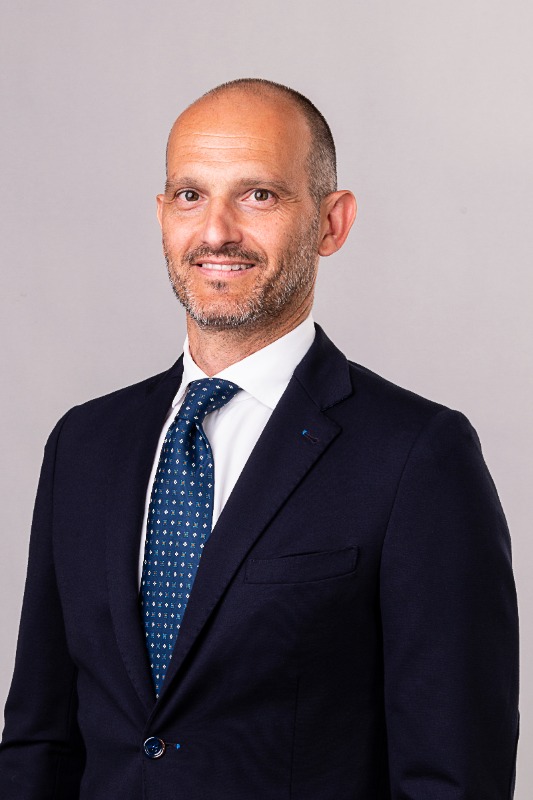Classification services: combining safety and innovation
A safety-focused mission can yield a technology dividend for superyacht owners, says Daniele Bottino, manager, regional business development, yacht sector lead at ABS…
Every yacht builder, owner and captain knows that classification is about safety. What they don’t always know is that while the core mission remains preservation of life and property, classification is also about innovation.
Class responds to regulation with rules and guidance but it also supports the industry with technology and cutting edge services enabled by our unique role. The dozens of new superyachts delivered to ABS class over the last couple of years are testament to this approach; we have helped many yards and owners achieve not just safer but smarter sailing.
This is possible because many of the services we develop for the merchant marine sector can be scaled for superyachts and while some are some still emerging, others are becoming embedded.
Since first launching the service two years ago, ABS has seen demand for remote access to on-board systems surge as in-person visits became problematic. The advantages of this technology are obvious, in that they enable attendance remotely for an increasing number of survey types, which means we can continue to provide safety services at a distance.
The process has successfully streamlined business operations for vessel owners as well as equipment manufacturers globally. And while the pandemic has accelerated demand, the advantages are such that this was always destined to become a routine operation and we are well past the tipping point of market acceptance.
As ship owners demand greater understanding of the technologies they need to adopt to meet future regulatory constraints, they need to understand the impact on their fleet and if possible validate the technology before they specify it. The same principle applies to yacht owners as they look at how new technologies could be used on their vessels to positively contribute to today’s pressing environmental challenges.
Modelling and simulation are not new technologies but are techniques that have become critical to the development of hi-tech systems. For example, a ship with a low carbon impact will require that all elements from the main engine upwards are connected so that we understand how they work together. Before the availability of simulation techniques, the process would have required testing, risk analysis and physical qualification of these components.
By simulating vessel systems we can model and measure a ship’s contribution to carbon emissions and understand what is needed for mitigation, making it a key technology to drive the industry’s digital and decarbonisation transformations.
Digitalisation and the tools used to collect, store and analyse the mass of data streaming from vessel systems will play a role in improving their integrity and performance with a new lifecycle approach that is more asset-specific, condition-driven and continuous.
These decisions are complex and require gathering information from multiple sources. An Original Equipment Manufacturer can provide information about its components but the decision about that asset is not made in a vacuum, it requires input on operations, chartering and crew to really determine the most effective decisions.
It’s this challenge that drives the need for data fusion platforms, that takes various data sources via a foundational base to consolidate and standardise them to power business decisions.
From a class perspective, the aim is ultimately to replace calendar-driven surveys of hull and machinery systems and verification of compliance based on the actual condition of those components in accordance with specific survey requirements.
More and better information has operational dividends too, making weather forecasting more predictable, voyage planning easier and providing alerts to any potential high risk areas or those subject to specific regulations.
Visual inspections by properly trained and highly experienced surveyors have traditionally made up the majority of maintenance surveys, but the growing use of innovations like AI provides an opportunity to further augment human skills with computing power.
ABS is leading a project to apply AI and machine learning to an image-recognition tool designed to aid inspectors in reviewing data and making coating condition assessments. Work continues to make the tool more accurate for assessment of coatings and conversations with clients are ongoing to customise the tool for their particular applications using images specific to their assets and structures.
In their exploration form, superyachts are heading into ever more remote waters. To help them navigate safely, ABS provides dedicated solutions to help them understand and mitigate the risk, such as the ABS Polar Suite; an in-house software tool that inspects datasets such as seasonal sea ice and provides output in the form of easy to interpret charts of predicted ice conditions at the times and locations of the intended vessel operation.
All these tools and more are available to the industry as part and parcel of the class process. Safety remains the guiding principle; innovation is what we harness to deliver it.
Profile links
NEW: Sign up for SuperyachtNewsweek!
Get the latest weekly news, in-depth reports, intelligence, and strategic insights, delivered directly from The Superyacht Group's editors and market analysts.
Stay at the forefront of the superyacht industry with SuperyachtNewsweek
Click here to become part of The Superyacht Group community, and join us in our mission to make this industry accessible to all, and prosperous for the long-term. We are offering access to the superyacht industry’s most comprehensive and longstanding archive of business-critical information, as well as a comprehensive, real-time superyacht fleet database, for just £10 per month, because we are One Industry with One Mission. Sign up here.
Related news
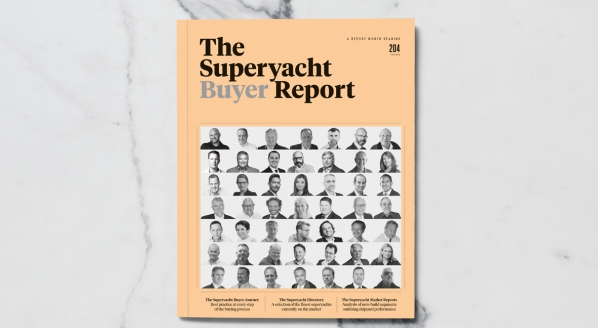
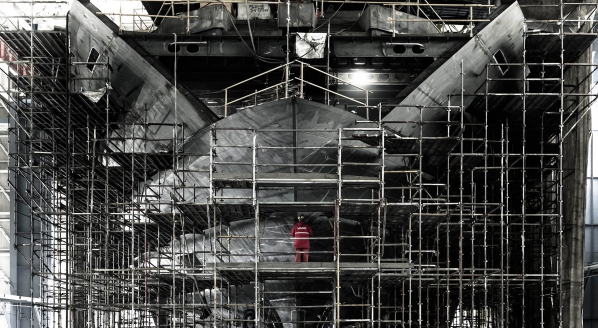
Shaping the future of class
The Superyacht Agency is undertaking a market perception survey on behalf of DNV GL
Business
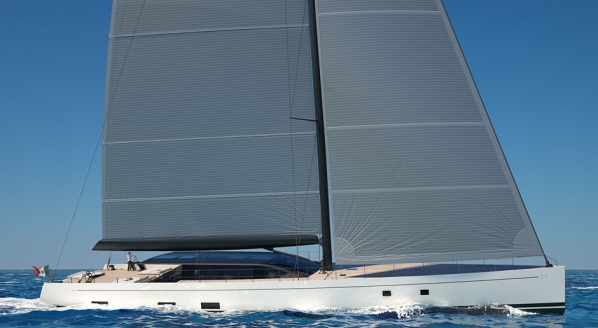
Is the superyacht sector ready to switch over to hybrid power?
ABS' Daniele Bottino discusses the evolving regulations that supports low noise, lower emission dual fuel designs
Technology
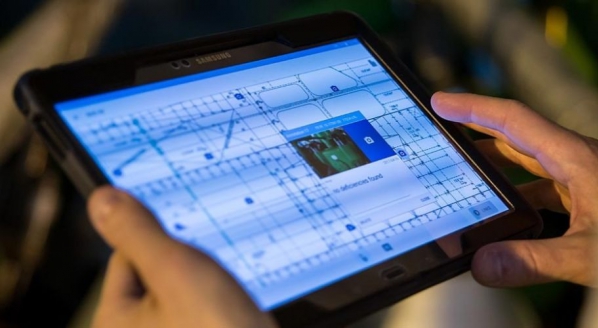
Time to take advantage of remote surveys?
DNV GL discusses how superyachts can manage surveys during the COVID-19 pandemic
Technology
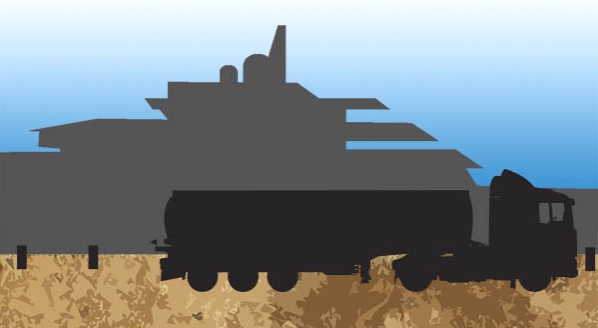
The drawback of low-sulphur fuel
The increasingly low sulphur content in fuels can cause the severe corrosion of fuel tanks on board
Crew
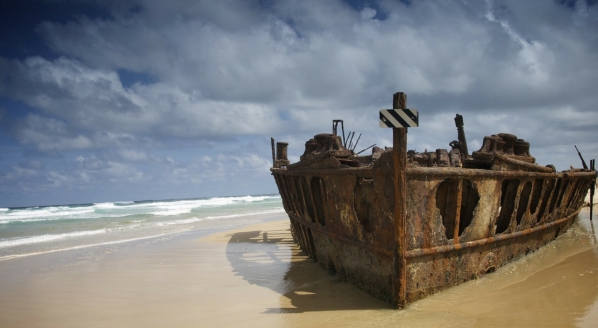
Industry prepares for EU Ship Recycling Regulation
Vessels over 500gt in EU waters will be required to carry a verified Inventory of Hazardous Materials on board
Business
Related news
The vital role of class
5 years ago
Shaping the future of class
5 years ago
Time to take advantage of remote surveys?
6 years ago
The drawback of low-sulphur fuel
6 years ago
The role of class
6 years ago
Class: what would you change?
7 years ago
NEW: Sign up for
SuperyachtNewsweek!
Get the latest weekly news, in-depth reports, intelligence, and strategic insights, delivered directly from The Superyacht Group's editors and market analysts.
Stay at the forefront of the superyacht industry with SuperyachtNewsweek


